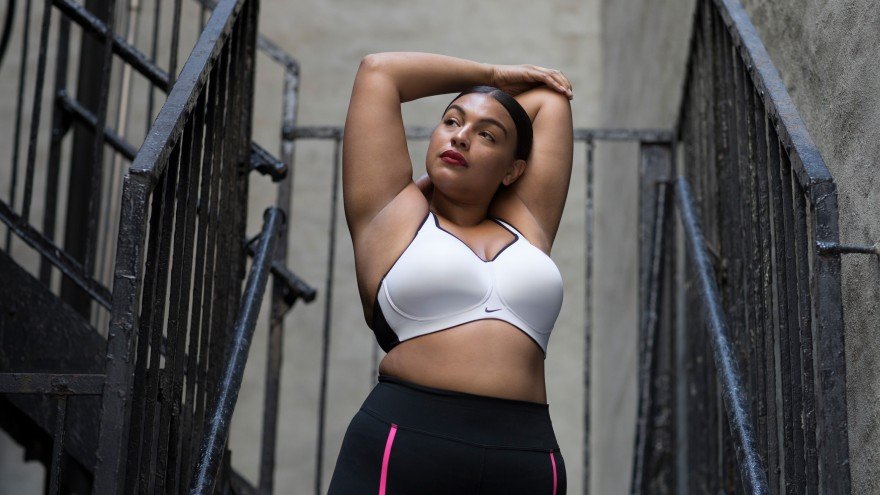Hormones have a pretty impressive impact when it comes to running. British 800m runner Jessica Judd once said the effects of her monthly cycle could potentially mean "the difference between finishing first and last".
It’s a bold claim, that’s for sure, and a subject that still remains widely taboo in the world of sport. It did, however, leave us pondering: how do our monthly cycles really impact our running performance and to what extent can nutrition help us prepare for and recover from pounding those pavements all month long?
First things first: everybody’s different - its known as ‘biochemical individuality’
It’s a concept we’ve heard time and time again but for good reason. Sure, our bodies tend to follow a set monthly cycle (menstruation, follicular phase, ovulatory phase and luteal phase), however, changing levels of sex hormones within those phases impact our bodies in vastly different ways. So much so, medical studies are yet to confirm a link between changing hormone levels and athletic performance – in part, due to the varying nature of case study participants and so few studies being conducted.
The truth is, everybody’s body is different. Despite this, it is possible to identify the effects that changes in certain hormone levels have on your body and therefore adapt our training schedules to take advantage of these fluctuations. So, with the help of nutritionist Lola Ross, we’re smartening up the way we run.
The beginning of your cycle (Bleed phase into Rise phase)
A point at which oestrogen levels are steadily rising towards their peak, many runners find the latter part of this window (days 6-12 of your cycle) the optimum time for short, high-intensity training sessions. Our body temperature is lower and glycogen stores can be accessed and broken down quicker than at any other point in our cycle.
Lola’s Top Tip: “Sodium, potassium, magnesium, calcium and phosphate are essential minerals in post-exercise recovery – from heart and muscle regulation to muscle cramp reduction. Minerals can be lost through sweat in hot weather; support your body by drinking mineralised water, a mineral replacement supplement, as well as a 30 minutes soak in a mineral bath using highly mineralised Himalayan salt.”
The middle of your cycle (Rise phase into Shift phase)
An increase in testosterone (days 12-16 of your cycle) combined with higher oestrogen levels make this the optimum time for muscle building and rapid recovery. It’s also the ideal phase for long runs and endurance training as the oestrogen levels cause our bodies to breakdown fat stores. The key? Focus on power but don’t forget to refuel.
Lola’s Top Tip: “Stress resulting from intense physical activity can slow down post-running healing. Antioxidants work to combat damage, so eating a rainbow of antioxidant-rich plant foods, such as berries, dark green leafy vegetables, whole grains, nuts and seeds boost your antioxidant levels. Remember - joints will need some post-run after-care too, so add some anti inflammatory omega fats to your diet to support joint healing.

The end of your cycle (Shift phase into Reflect phase)
Feeling hot and bothered 19 days or so into your cycle? You’ve got progesterone to thank for that. During the luteal phase, increased levels of the hormone result in a slight increase in body temperature. At a few decimals of a degree it may seem trivial, but paired with a warm day, it will take your body longer to start sweating in order to cool you down.
In the week leading up to your period, a sharp fall in progesterone and oestrogen levels may leave you feeling bloated and unmotivated. In fact, this is a great time to run. Sure, you’re probably not going to go breaking any records, but the release of endorphins and increased blood flow are proven to ease cramps and moodiness.
Lola’s Top Tip: “Periods of intense physical activity and exposure to high temperatures can lead to loss of water, electrolytes and B vitamins. Sip water steadily during the day - aim for 2.5 litres of water, along with some additive free coconut water or non-caffeinated herbal teas over a 24 hour period.”
Other key hormones
When it comes to other factors affecting our running, cortisol comes top of the list. Released as a response to stress (fight or flight), this hormone can initially give you an injection of energy to boost performance, but it’s important these glands don’t become overworked if you are a long distance or high endurance runner.
Lola’s Top Tip: “The sympathetic nervous system is put to the test during a long run, raising adrenal stress hormones that can lead to sodium loss, dehydration and post exercise exhaustion. In the days following exercise, rest overworked adrenal glands by spending time lying horizontal for periods of the waking day and aim to get to bed before 11pm to allow sleep to do its healing work during a full sleep cycle.”
Moral of the story? The best way to enjoy running and reap the health benefits associated with exercise is to listen to your body. Remember: work with it, not against it.
Words by Danielle de Wolfe
Image 2 courtesy of Nike


